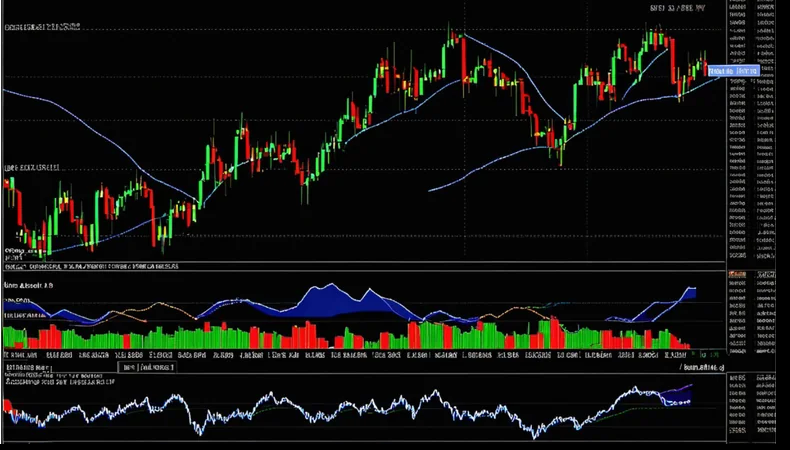This post may contains affiliate links. As an amazon associate I earn from qualifying purchases.
If you are analyzing Bollinger Bands with a specific focus on ymax or (any other stock) (likely referring to the upper Bollinger Band, which represents the maximum range based on recent volatility), here are some observations and signals you can evaluate:
1. Overbought Signal
- What to Observe:
When the stock price touches or exceeds the upper band (ymax), it might indicate that the stock is overbought and due for a potential pullback. - Why it Matters:
Prices at or near the upper band suggest heightened buying pressure and may point to an overextended price movement. - Signal:
Consider this as a potential sell signal or an opportunity to tighten stop-loss orders if the price starts to weaken.
2. Momentum Continuation
- What to Observe:
If the price consistently “rides” along the upper band, it signals strong upward momentum. - Why it Matters:
This often happens during a strong uptrend. As long as the price stays near the upper band without breaking below the middle line (simple moving average), the trend is likely to continue. - Signal:
A sign of strength and an opportunity to hold or even add to positions.
3. Volatility Expansion
- What to Observe:
If the upper band widens significantly, it suggests increased market volatility. - Why it Matters:
A sudden price move often causes the bands to widen. This could indicate a breakout or a significant market event. - Signal:
Be cautious of potential reversals or watch for continuation patterns in the breakout direction.
4. Mean Reversion (Middle Line)
- What to Observe:
When the price reaches the upper band, watch if it starts reverting toward the middle band (20-day moving average). - Why it Matters:
Many traders view the middle line as a “mean” or fair value; prices often revert to this line after hitting an extreme. - Signal:
A move away from ymax back to the middle band could signal a cooling off period.
5. Breakout Confirmation
- What to Observe:
If the price breaks above ymax with strong volume, it may indicate a bullish breakout. - Why it Matters:
While the upper band often acts as resistance, a breakout above it could signal sustained bullish momentum. - Signal:
Potential buy signal if supported by other indicators like volume or RSI confirmation.
Practical Tip: Combine with Other Indicators
Bollinger Bands alone may not provide the full picture. You can combine observations with:
- Relative Strength Index (RSI): To confirm overbought or oversold conditions.
- Volume Trends: To validate breakout strength.
- Candlestick Patterns: For reversal or continuation signals.
Observing RSI and Bollinger Bands Together:
- Overbought Signal:
If the price touches or exceeds the upper Bollinger Band and RSI is above 70, it suggests an overbought condition and a potential reversal. - Oversold Signal:
If the price touches or drops below the lower Bollinger Band (ymin) and RSI is below 30, it suggests an oversold condition and a potential bounce. - Divergence:
Look for instances where the price trend and RSI trend diverge. For example:- Price makes higher highs, but RSI shows lower highs (bearish divergence).
- Price makes lower lows, but RSI shows higher lows (bullish divergence).
This post may contains affiliate links. As an amazon associate I earn from qualifying purchases.
